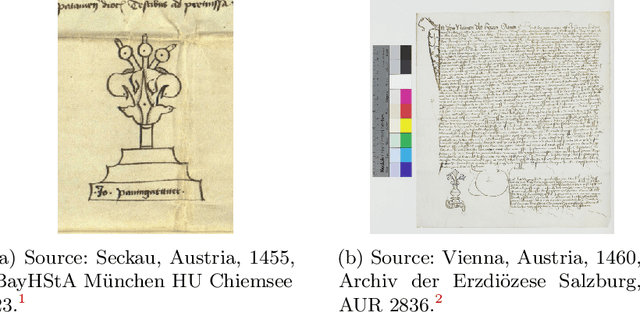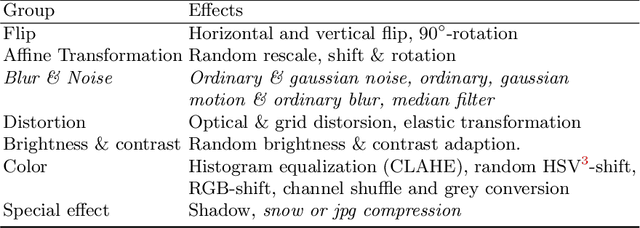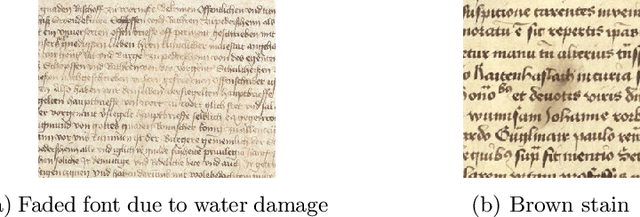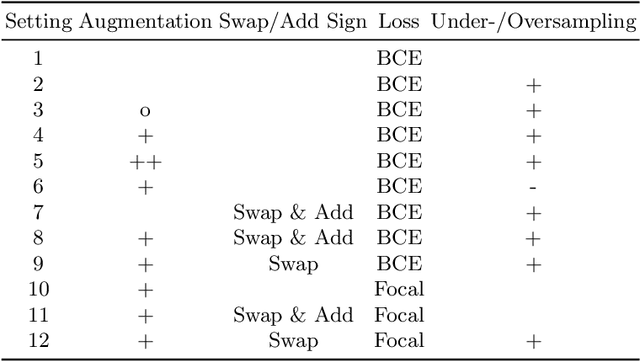Martin Leipert
The Notary in the Haystack -- Countering Class Imbalance in Document Processing with CNNs
Jul 15, 2020



Abstract:Notarial instruments are a category of documents. A notarial instrument can be distinguished from other documents by its notary sign, a prominent symbol in the certificate, which also allows to identify the document's issuer. Naturally, notarial instruments are underrepresented in regard to other documents. This makes a classification difficult because class imbalance in training data worsens the performance of Convolutional Neural Networks. In this work, we evaluate different countermeasures for this problem. They are applied to a binary classification and a segmentation task on a collection of medieval documents. In classification, notarial instruments are distinguished from other documents, while the notary sign is separated from the certificate in the segmentation task. We evaluate different techniques, such as data augmentation, under- and oversampling, as well as regularizing with focal loss. The combination of random minority oversampling and data augmentation leads to the best performance. In segmentation, we evaluate three loss-functions and their combinations, where only class-weighted dice loss was able to segment the notary sign sufficiently.
 Add to Chrome
Add to Chrome Add to Firefox
Add to Firefox Add to Edge
Add to Edge